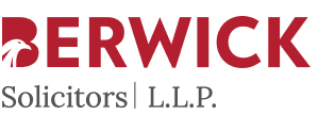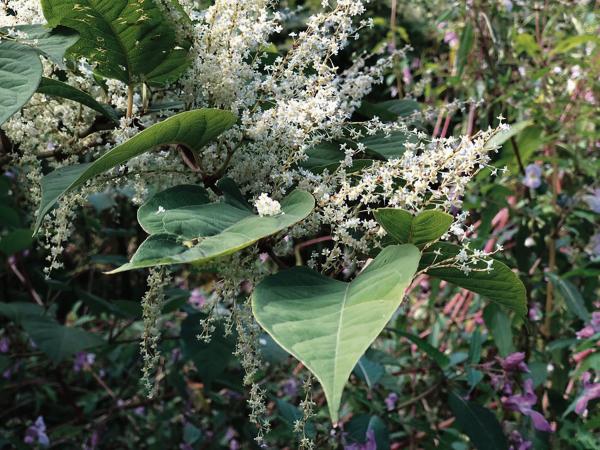€1m-plus to clear knotweed before housing can be built on site
Published:
-

-
Author: Dara Bradley
~ 4 minutes read
From this week's Galway City Tribune
Galway City Council has conceded it must spend more than €1 million to clear Japanese Knotweed off a site before it can build housing on it.
But executive engineer Micheál Cormican said the local authority planned to increase the density of housing on the site to make it “cost effective” to develop the land on the city’s east side.
He said it was a prime site, which was fully serviced, but €1m-plus must be spent to clear it of the invasive species before housing and Traveller-specific accommodation was built there.
As previously reported by the Galway City Tribune last July, the one-hectare site between Doughiska Road and Bóthar na dTreabh that was earmarked for social housing, became infested by Japanese Knotweed due to illegal dumping.
The knotweed was so powerful, it must be eradicated from the site, or else it could break through the foundations of the planned new houses, the Council said.
An invasive species site survey in 2019 found that the site in Doughiska, owned by the local authority, had been colonised by fallopian japonica or Japanese Knotweed.
At that time, a report estimated that the cost of the removal of the invasive species could be in the region of €2.3m.
But at the January meeting of Galway City East Area Committee Mr Cormican said that the cost of dealing with the Japanese Knotweed was now in excess of €1m.
Mr Cormican and Liz Fanning, Director of Services, said they had explored the possibility of treating the Japanese Knotweed in situ, but the National Parks and Wildlife Service would not allow it.
Instead, they must hire specialists to effectively dig it out of the site and transport it for specialist treatment at a licenced site. This was what the money was being used for, they said.
A fuming Councillor Alan Cheevers (FF) said he couldn’t understand how more than €1m needed to be spent before a block was laid.
He demanded answers about when the Council became aware of the knotweed, and whether they had purchased it in the full knowledge that it was contaminated.
The meeting heard that the site has been in the possession of the Council for over two decades, and the knotweed problem was a relatively recent one that emerged following illegal dumping at the site, and an unauthorised encampment at the site.
Councillor Terry O’Flaherty (Ind) said that from experience of knotweed on other sites it could take nine years for it to be treated properly – but Mr Cormican said by taking it off-site it would not take that long.
Councillor Shane Forde (FG) said the press would report with ‘big headlines’ saying that it was costing the Council €1m to clear the site of Japanese Knotweed, but Mr Cormican interjected for clarity and said that it would be “in excess of €1 million”.
Councillor Declan McDonnell said it was unfortunate, but the Council needed to proceed.
“We can’t just leave it idle. We need the new homes,” he said.
Ms Fanning said that the Council hoped to increase density of housing it builds on the site to spread the cost of removing the knotweed per home. It would include five-six Traveller specific accommodation, she said, which was needed.
Mr Cormican said that it was a prime site for development because it was close to the motorway, close to major employers, and was fully serviced with water and electricity.
More than €1m could be spent to bring services to other sites that were not serviced, and so the cost of removing the knotweed had to be considered in that context.
The removal of knotweed costs would be factored into the final cost of the homes, which would be recouped through various national funding streams, he said.
Pictured: Japanese Knotweed: It could break through the foundations of the planned new houses.
More like this:
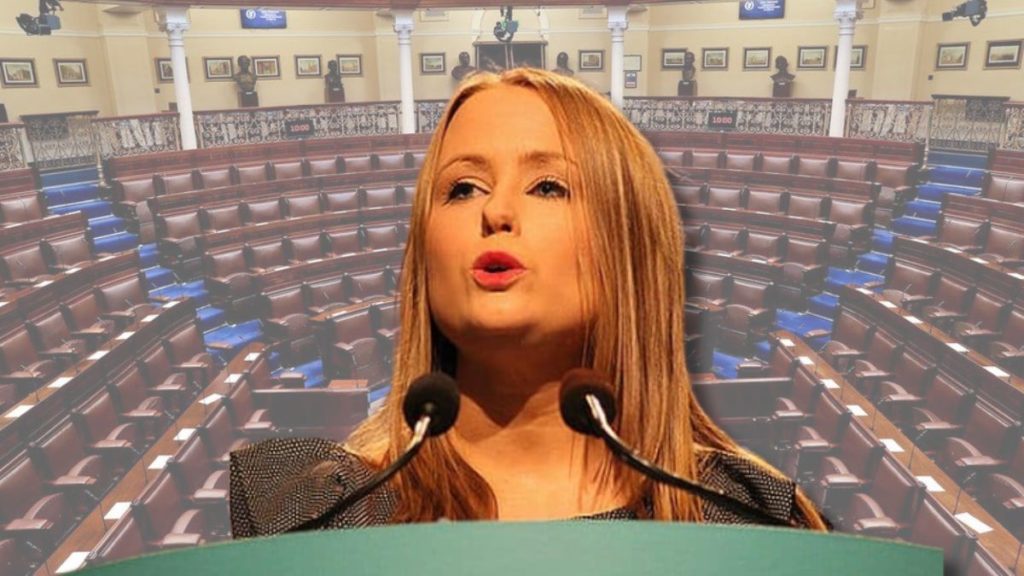
Local TD "sickened" by Government hypocrisy on getting things done 'overnight'
This article first appeared on Galway Bay FMA local TD says she's "sickened" by the Government's ...
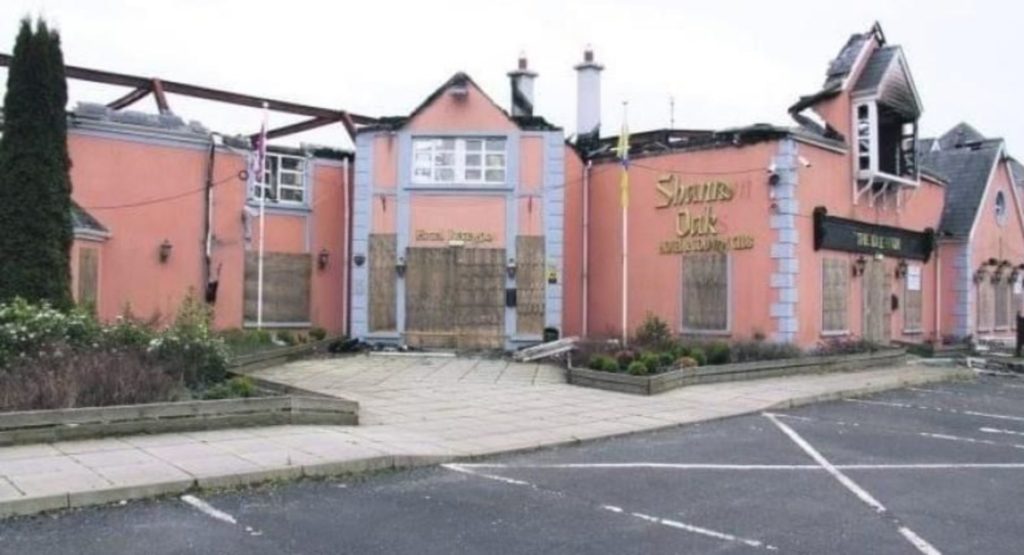
Call for urgent action to address derelict hotel in Portumna
This article first appeared on Galway Bay FMThere are calls for urgent action to be taken to deal...
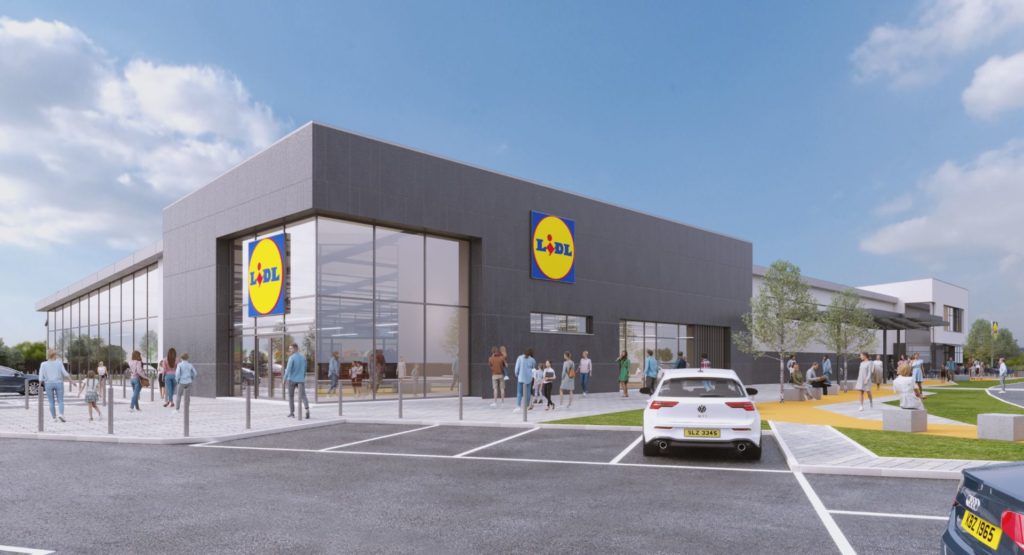
LIDL's new Moycullen store to open this day week
This article first appeared on Galway Bay FMLIDL's new store in Moycullen is set to officially op...
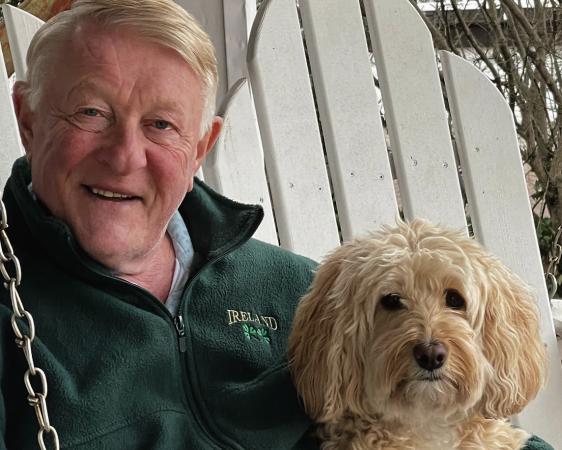
Carrying Galway in his heart
Conamara man Tom Durkin emigrated to New York 40 years ago and established several successful bus...

Staying local for some red decadence
Health, Beauty and Lifestyle with Denise McNamara Decadence is…looking out on a rainy Sunday m...
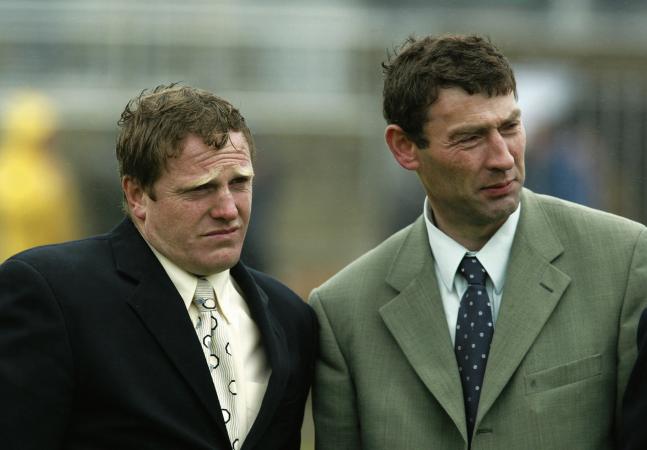
Galway’s reality check up North no harm ahead of clash with Donegal
Inside Track with John McIntyre ONLY time will tell if what happened to Galway’s footballers i...

When will the real Donald Trump be clear to us all?
World of Politics with Harry McGee There was a game show on TV in the 1970s with a novel conce...
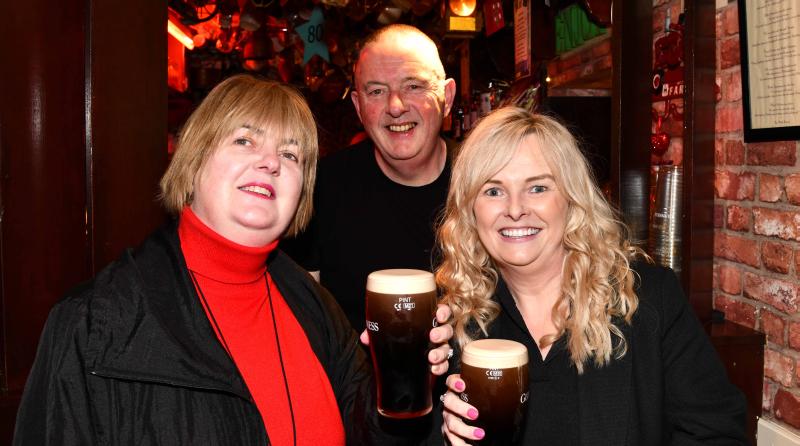
Pub marks 80th anniversary with pints for five cents
There was no one giving out about the price of the pint when a Galway pub marked its 80th birthda...
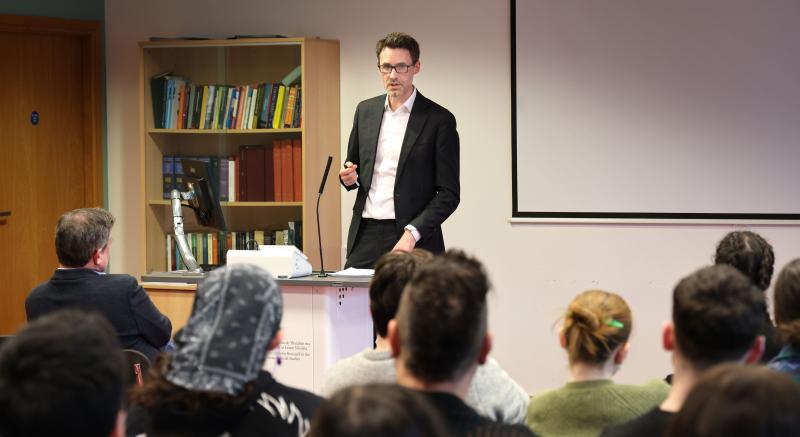
Irish Times editor reflects on shifting landscape in John Cunningham lecture
Journalism has changed beyond all recognition over the past two decades – and while the exclusive...
Sign Up To get Weekly Sports UPDATES


